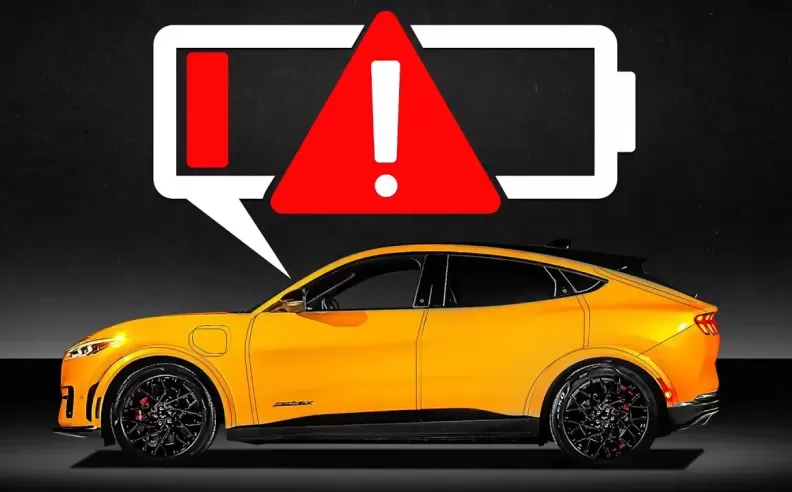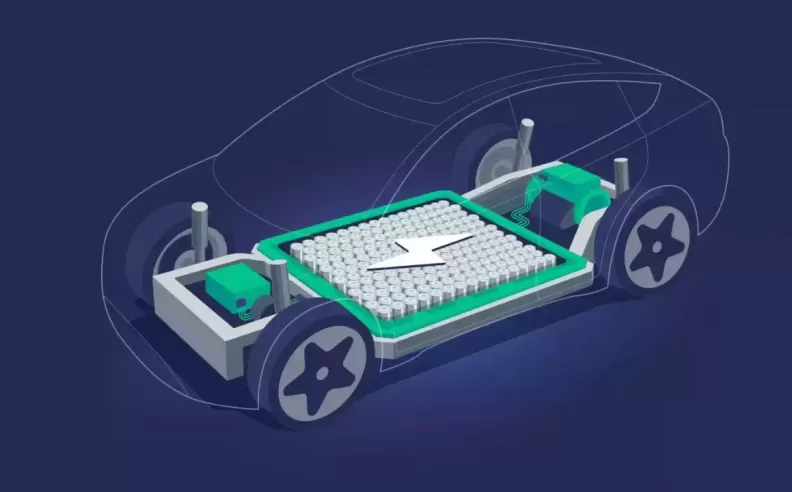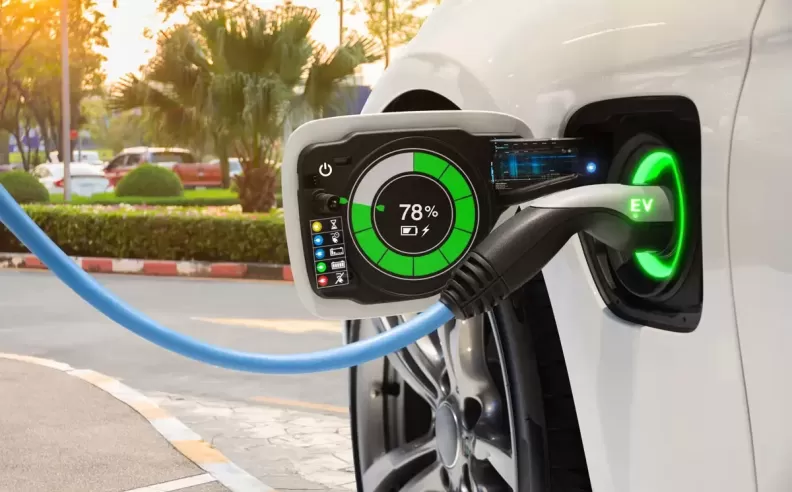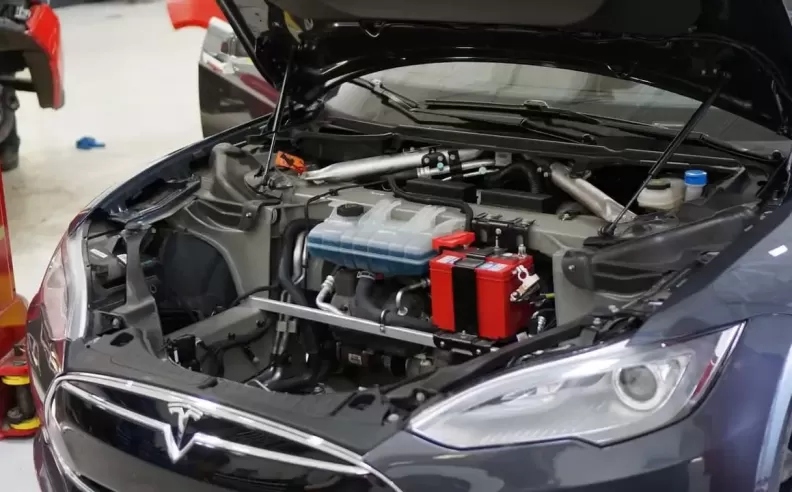
Electric vehicles are becoming more common across Saudi Arabia thanks to their clean energy appeal and lower running costs. But 2025 is proving that owning an EV still comes with its own challenges. From battery degradation to frustrating charging networks, Saudi drivers need to know what to expect and how to deal with it. This guide highlights the most common EV problems and offers practical ways to prevent them before they affect your daily drive.

The battery is the most critical part of any electric car, and in Saudi Arabia’s intense heat, it can be a weak point. Over time, especially with repeated fast charging, batteries begin to lose efficiency. Most drivers start to notice that their vehicle covers less distance on a full charge, often dropping by 10 to 20 percent within the first five years.
Leaving the car under direct sunlight for long periods can also accelerate this decline. To reduce the risk, it is important to charge slowly when possible, avoid letting the charge drop too low or exceed 90 percent regularly, and have the battery management system inspected during scheduled maintenance.

Despite a growing number of EVs on the road, many Saudi regions still struggle with limited access to fast charging stations. Some stations are often occupied or out of service, while others may not support all vehicle types. This leaves drivers scrambling for alternatives, especially during long trips.
To avoid getting stuck, many drivers now rely on charging location apps to plan ahead, carry their own charging cables to avoid mismatches, and make sure the station plug type is compatible with their vehicle. Some also sign up for services that offer access to multiple networks, making it easier to find a working charger on the go.

Started my career in Automotive Journalism in 2015. Even though I'm a pharmacist, hanging around cars all the time has created a passion for the automotive industry since day 1.
